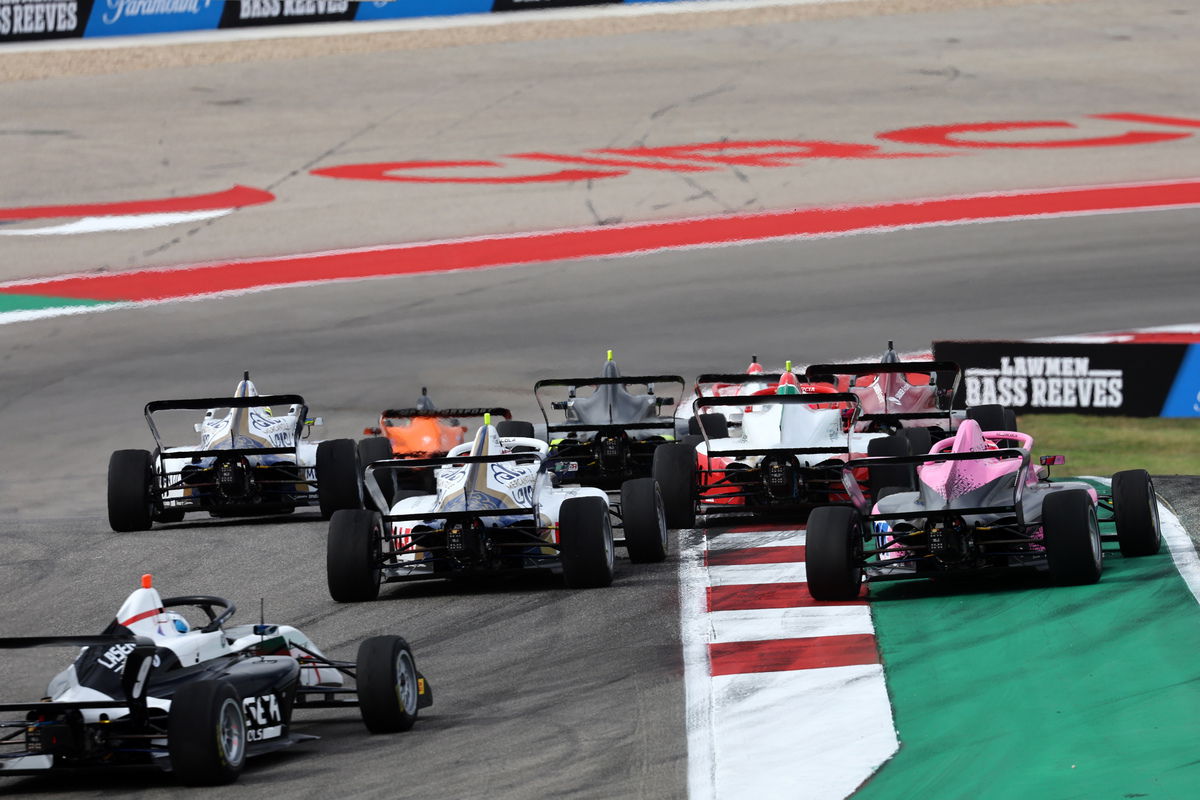

Motorsport is in the midst of a significant change as it evolves and becomes more socially aware and relevant than perhaps at any other time in its history.
Slowly but surely walls that have existed for decades are beginning to come down thanks to efforts globally to make it more accessible and inclusive.
Domestically, there are programmes such as Girls on Track and Racing Together which are designed to introduce the sport to a demographic that once would have been excluded.
They’re important because, in a world with growing competition for our attention, motorsport cannot simply rest on its laurels.
Despite being over a century old, the rate of participation among females is low. There has not been a woman race in F1 in decades.
The argument that motorsport is inclusive and open for all is therefore demonstrably incorrect as, while hypothetically it is open to anyone who wishes to be involved, it remains male dominated.
Clearly, whatever has been done has not worked. It does not encourage or promote diverse participation. That needs to change.
Initiatives such as Girls and Track and Racing Together seek to address by creating an entry point into the sport.
However, to enter the sport one must first be aware of it, be passionate, and then aspire to it. That is where F1 Academy comes in.
The Formula 4 competition racing alongside F1 at seven events in 2024 creates a category of racing with drivers who are relatable to a key demographic that is horrendously unrepresented in the sport.
It offers the 15 drivers set to take part an opportunity on the world stage to progress their own careers but, more importantly, inspire the next generation.
It is high profile, it is well funded, and has the public support of the very pinnacle of the sport.
The 10 existing F1 teams are compelled to field a car and driver, decked out in the same colours as their main game counterparts, while financially supporting the effort.
That is not to say those competing do not deserve to be there or it is nothing more than a token charitable effort.
The sacrifices each driver has made are no less than their counterparts but, for a multitude of reasons, have been unable to progress without an extra hand.
And that is often a result of the stigma motorsport still carries – an area dominated by men with no place for women.
“The main difference for guys and girls is that we lack the opportunity to test, to practice, to enhance your craft, mostly because the lack of funding and the lack of support,” Bianca Bustamante, who will race for McLaren in the 2024 F1 Academy, told Speedcafe on the KTM Summer Grill.
“When we entered F1 Academy, they were giving us 15 days of testing. You’re in the car. You’re testing, you’re driving.
“That was just incredible. The amount of days I had in the car this year, it was just unbelievable.
“And because of that, I was able to really develop my skills.
“Last year, in W Series, it was my first year ever in formula cars, and I was probably four seconds off the pace.
“That’s just because of the lack of testing, lack of experience. I didn’t have the confidence in myself.
“I was racing against drivers like Jamie [Chadwick] who’s had years of experience on formula cars.
“[Meanwhile] you don’t have the confidence to push the car because you’re scared to crash, you’re scared to spin out, you’re scared to make a mistake.
“And that’s just common behaviour when you’re experiencing something for the first time.
With a year of racing under her belt, and a healthy testing programme, Bustamante was twice a race winning in F1 Academy last year.
Those are the obstacles the F1 Academy helps overcome while simultaneously creating a visible link between the driver and the F1 team 10 of them represent.
It’s a canny piece of marketing as it deliberately blurs the line between classes and creates an association between the aspiring youngster and the world-renowned racing operation to which they’re associated. It’s something Red Bull has done well with its athletes for decades.
But it’s not just about creating a visible link to F1, the F1 Academy is designed to be aspirational.
Motorsport is a numbers game and few reach the pinnacle. There are just 20 F1 drivers. In Australia alone, there are approaching 24,000 competition licence holders.
The odds are firmly stacked against those in the minority from getting to the very top.
To address that, motorsport must increase its participation rate among demographics that aren’t well represented and to do that it needs heros.
The F1 Academy is set up to address that need.
Is it the ultimate solution to gender equality in motorsport? Quite clearly no, but it’s better than carrying on what we’ve been doing for over a century in the hope that it might take care of itself.
Doing that is the very definition of insanity.





















Discussion about this post